
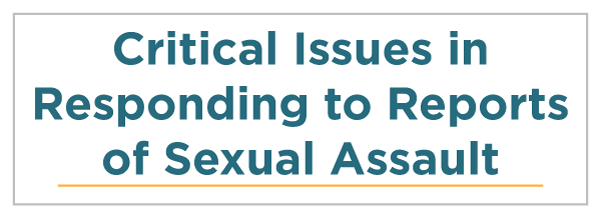 |
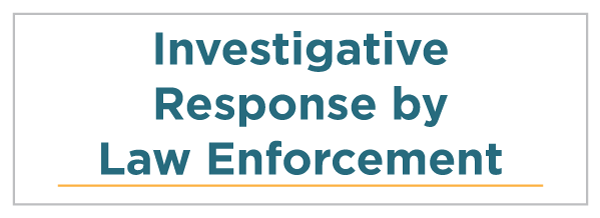 |
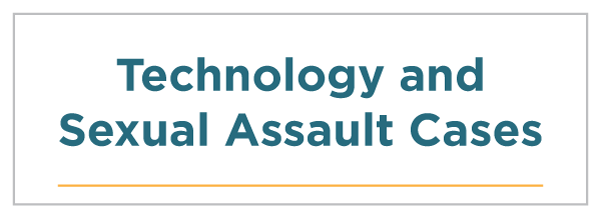 |
 |
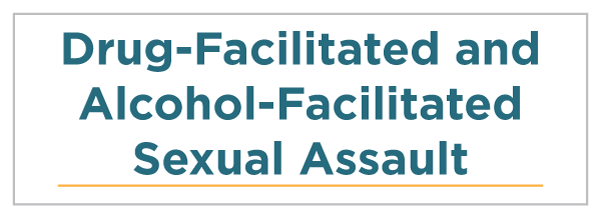 |
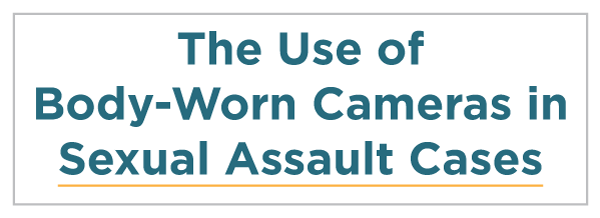 |
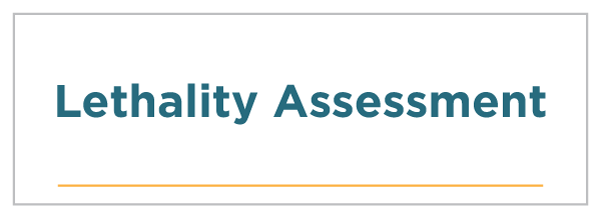 |
 |
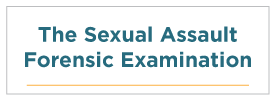 |
 |
 |
 |
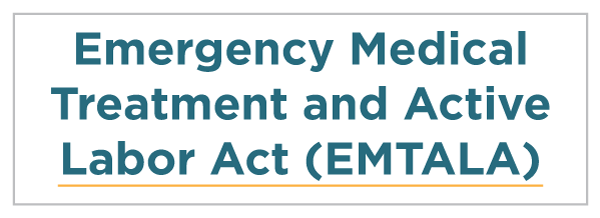 |
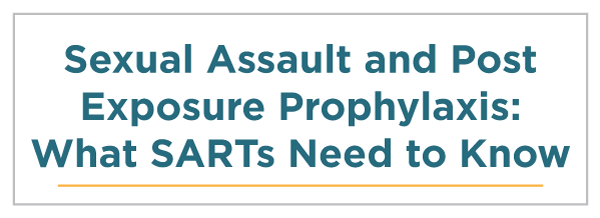 |
 |
SARTs have a responsibility to know the laws in their state and support victims who choose to make victim impact statements. Victim impact statements are provided to the court at sentencing as an expression of a victim’s right to be heard. In these statements, a victim is able to describe the impact of the offender’s actions, including financial, physical, psychological, or emotional damages; harm to relationships; need for medical treatments or mental health services; requests for restitution; and, in some cases, a victim’s opinions of appropriate sentences. [172]
Victim impact statements are used to —
According to a National Center for Victims of Crime survey, more than 80 percent of crime victims who have given such statements consider them a very important part of their healing process. [175]
Victim impact statements are guaranteed through the Law Enforcement Act of 1994 that supports the rights of a victim of a violent crime, including sexual assault, to speak at an offender’s sentencing hearing and any parole hearing. [176] In accordance with this law, all 50 states allow some form of victim impact statement at sentencing.
State legislation varies by topics victims can cover, if they may be read or submitted as a written document, who can submit them, if a victim can be cross-examined after reading a statement, if it is permissible to videotape the proceeding including the victim impact statement, and how any tape will be properly stored.
Victim impact statements may receive media attention, resulting in community education, support, healing, and strong public reaction. In 2016, the 12-page victim impact statement read by Emily Doe (not the victim’s real name) at the sentencing hearing in California v. Brock Turner created a national dialogue about sentences for those who sexually offend. The full statement was read on the evening news [177] to highlight the injustice experienced by victims and the need for solidarity in standing up for and supporting victims. Read the full text of Emily Doe’s victim impact statement. [178] (This powerful impact statement may include triggers for those who have been affected by sexual assault.)
Emily Doe received national attention with the intention of both supporting and silencing or shaming the victim. The aftermath of Emily Doe’s victim impact statement also illustrates the possibility of retaliation after giving a statement or for thoughts expressed as part of the statement.
Preparing the victim impact statement can be an empowering and highly emotional time for victims and their families. It is essential that SARTs have plans in place to support victims by explaining the court process, discussing the role of victim impact statements, and helping victims write and then read the statements they produce. SARTs can ensure a victim has accurate information to address safety concerns that the victim may have while preparing and presenting the victim impact statement. SARTs may proactively share any applicable state laws and the victim’s preference to protect their identity, when necessary.
Cases where the media is involved provide an opportunity for SARTs to work with the media to ensure the messages provided to the public are ethical and responsive to victims’ rights. Supporting victims throughout the process of exercising their rights to provide a victim impact statement underscores a SART’s commitment to a victim-centered response to sexual assault.
State of New Hampshire v. Seth Mazzaglia (multimedia, 9:35)
This video by WMUR-TV shows a victim impact statement from a best friend read by the victim witness advocate.
State-by-State List of Victim Impact Statement Laws (PDF, 24 pages)
This 2010 resource from the NCVLI provides information on victims’ rights related to impact statements by state.
Toolkit Tutorial: Victim Impact Statement (multimedia, 13:29)
The National Crime Victim Law Institute provides practical information on the purpose of victim impact statements, as well as mechanics, delivery methods, defendants’ rights, and victims’ rights.
| Back | Index | Next |
